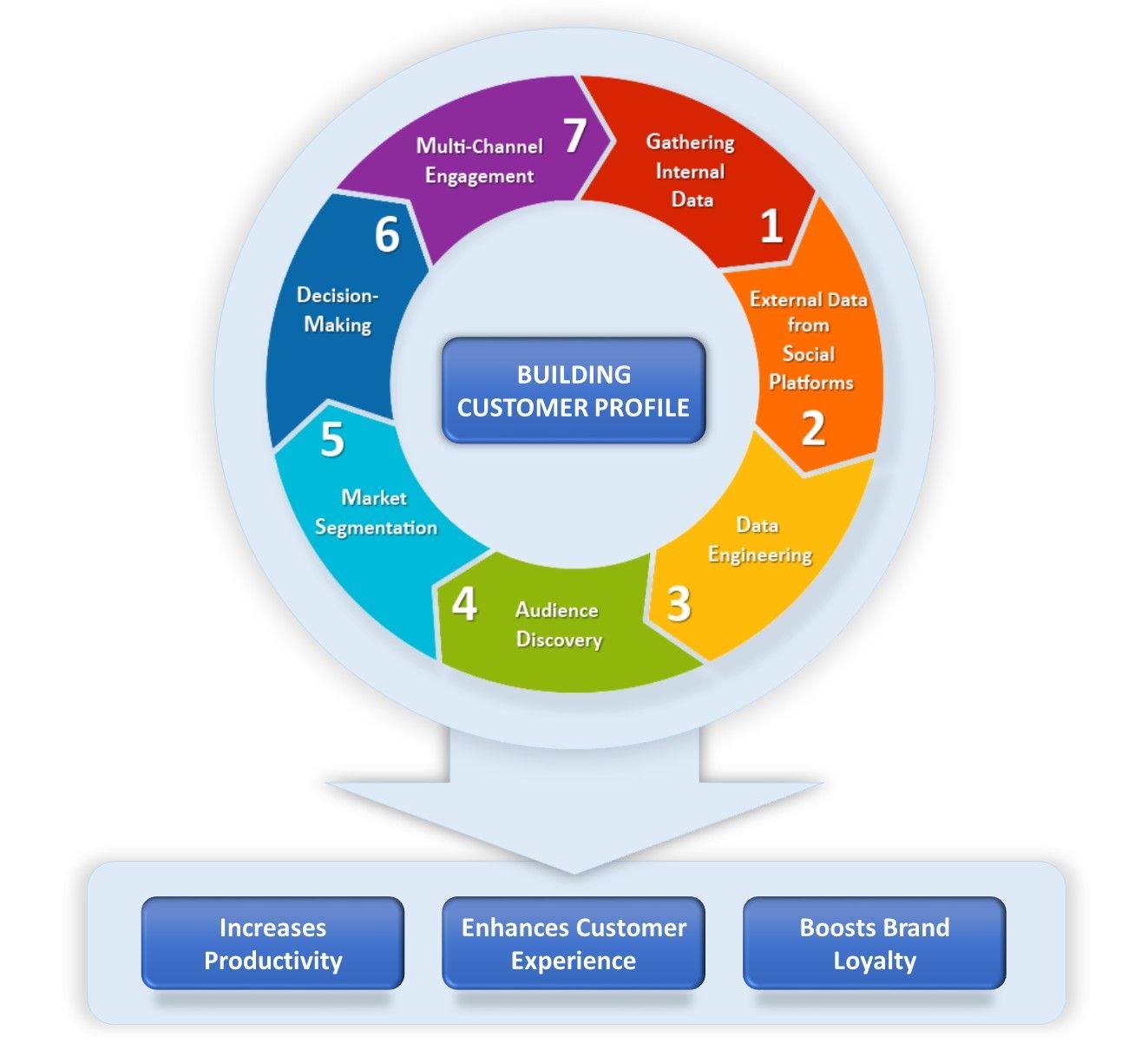Why Digital Transformation initiatives should begin with Agile
Over the past 15 years, “Agile” is one of the most-used terms in the corporate boardrooms of software companies. Anyone working close to IT or development teams must have heard this term often. Undoubtedly, Agile is the most popular approach of software development, that allows teams to quickly review and respond to the changing circumstances. Agile development process divides the tasks into short phases of work. Each phase undergoes frequent assessment and plans are modified based on the results. Today, digital transformation is driving changes across enterprises of all scale- small, medium and large. Companies realize that, in the age of digital transformation, the ideal way to achieve business growth is to take the best of Agile and apply it across the entire organization.
Why Digital Transformation and Agile are inseparable?

Digital transformation refers to the complete transformation of businesses, organizational activities, processes, and models using advanced technologies. It helps organizations to keep pace with the changing customer demands. Transformation is essential for any business that wants to survive in the changing economic landscape. Currently, many industries or individual organizations are either going through a digital transformation project, or they are struggling to implement proper strategies.
What are the major challenges faced by companies that struggle with digital transformation?
- Inadequate technical skills to replace older, legacy technologies
- Lack of funds to purchase new technologies
- Absence of qualified leadership to drive transformation initiatives
- Shortage of resources with right combination of skills and industry knowledge
- Certain units or departments of organization may hesitate to welcome transformation
-
Above all, the inability to innovate and run a process framework is the most significant reason behind the failure of digital transformation initiatives. This is where Agile plays a key role. Agile-driven digital transformation is based on the evidence that successful digital transformation happens through constant innovation. Major industry leaders like General Electric (GE), Netflix, Nestle, and many others testify how Agile has helped in transforming their businesses. More than 20% of people in traditional hierarchy organizations believe that non-adoption of Agile can lead to great business risks. Today, leading brands allocate 25% of their selected leaders’ time to focus on agile leadership and team building.
Advantages
Agile radically changes business models over time, giving resources the space to learn and grow. This empowers organizations to learn and launch new digital initiatives. Agile equips you to react to the changing market conditions and customer needs. It is a major alternative to the “command-and-control” style of management, where every member contributes to the development. Organizations like National Public Radio and GE say that they have transformed into a “digital industrial company” with the help of Agile. MIT (Massachusetts Institute of Technology) reports that Agile companies grow revenue 37% faster and generate 30% higher profits than non-Agile organizations.
Agile helps you build “self-managed” and “customer-focused” multidisciplinary teams. Apart from increasing profitability, Agile creates a new generation of skilled managers and resources. Innovation will not limit to products, rather it extends to all functional processes.
Core Principles of Agile Digital Transformation
Following are the core principles that organizations should consider while laying the roadmap for Agile-driven Digital Transformation journey:
-
Have a strong Transformation vision: Recent figures from Gartner states that 63% of organizations do not have a clear idea about the possibilities of the growing digital technologies. The reason is evident. These organizations lack a digital transformation vision and a proper strategy to follow. Senior managements must frame a strong digital transformation vision and share it with all levels of organizations. Leadership must have the ability to make the vision compelling and appealing to everyone from the bottom line-up to top executives.
-
Support digital customer engagement: Digital technology is built around customer experience. Customers like to get product information, reviews, demos across all channels they use. Making your products available across the digital channels is not enough. As innovations happen, your business must be able to absorb the changing trends. Being agile helps you understand how your products and services adapt to the digital customer.

-
Never ignore the role of Analytics in Agile: One should not ignore the significance of data in digital transformation. Data coming from multiple sources must be analyzed to generate useful insights for supporting both the business and the customer. Use of techniques like data visualization, infographics, dynamic charts etc. is the best way to leverage data intelligence. The following illustration shows how data is churned out to improve business and customer engagement in organizations.
Welcome Digital Agility: The traditional business models run project lifecycles for months without making any time-bound changes. By the time a project is completed, the customer requirements would have changed. This will result in poor ROI. To avoid such issues, it is advisable to embrace “adaptable differentiation”. That means, your business should make routine changes to adapt to the market demands using digital technologies. Each sprint in agile will help you to consistently experiment and adapt. The ability to learn, launch, re-learn and re-launch will determine your success in the digital age.
Transforming into digital involves lot of challenges. Numerous internal and external factors including your partners, platforms, designs, frameworks, geographical managements, risk mitigation measures, governance structure and other organizational mechanisms should be considered while implementing agile-based digital transformation drive. A strong executive leadership, along with collaboration of people, process, technology, culture, training, budgeting, and relationship management are the key elements of enterprise agility. Organizations can survive in the change only when they start “being agile” instead of “doing agile.”
Zerone develops bespoke software solutions carefully customized for the needs of our clients. Our Agile methodologies ensure that business processes are made more efficient and safe for a promising future ahead. Contact an expert today for a safer and better tomorrow!
We can help!
Ibm Integration Bus: Internal Structure
#Technology
Integrating Openstreetmap To Your Website
#Technology



